The breakthrough that changes everything OpenAI has revealed a compact offline AI model that can run fully on-device. No cloud connection. No data usage….
Ford Puma review
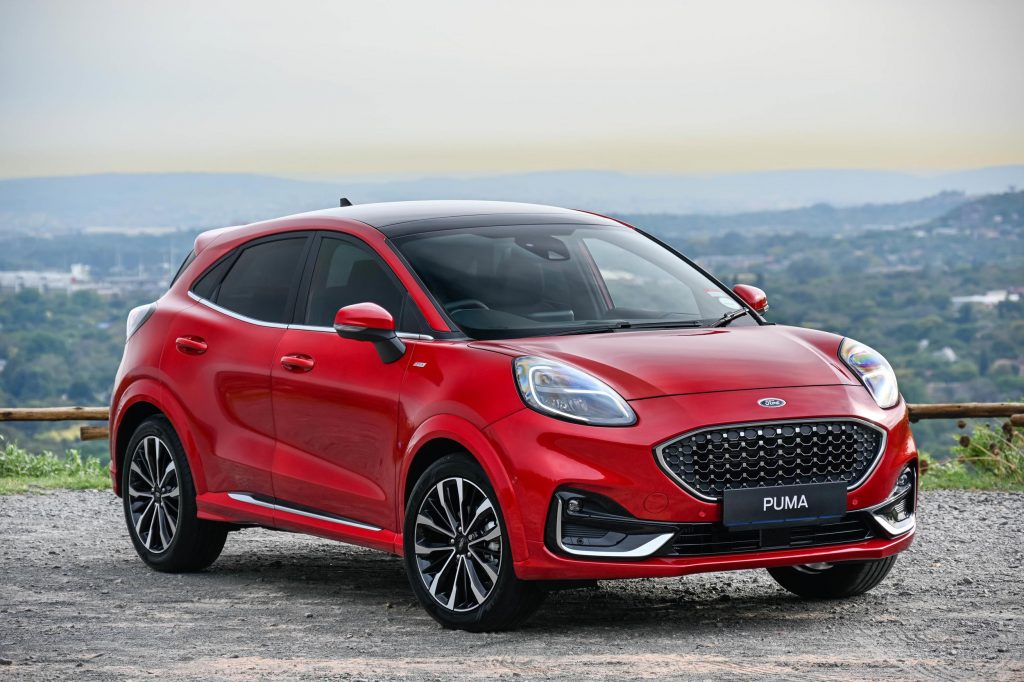
Puma might be a famous sport and streetwear brand for many, but if you’re into Ford, it’s always been a compact driver’s car. In Europe.
Although Ford South Africa never marketed the Puma coupe locally, it was a car celebrated for bringing distinctive design and driving rewards to European buyers at a very fair price. That all changed in late 2023, as a Ford Puma (of sorts) finally arrived for Mzansi. But it’s a very different car to the coupe version of the 1990s.
Ford’s latest Puma is a crossover – no surprise considering this vehicle configuration’s popularity. Analyse its engineering, and you’ll realise that, in truth, this is a Fiesta by proxy.
There was disappointment when Ford South Africa discontinued the popular Fiesta hatchback in 2022. These cars arguably had the best dynamic balance: true driver’s cars at an affordable price. And price is very much a decision point with the new Puma crossover.
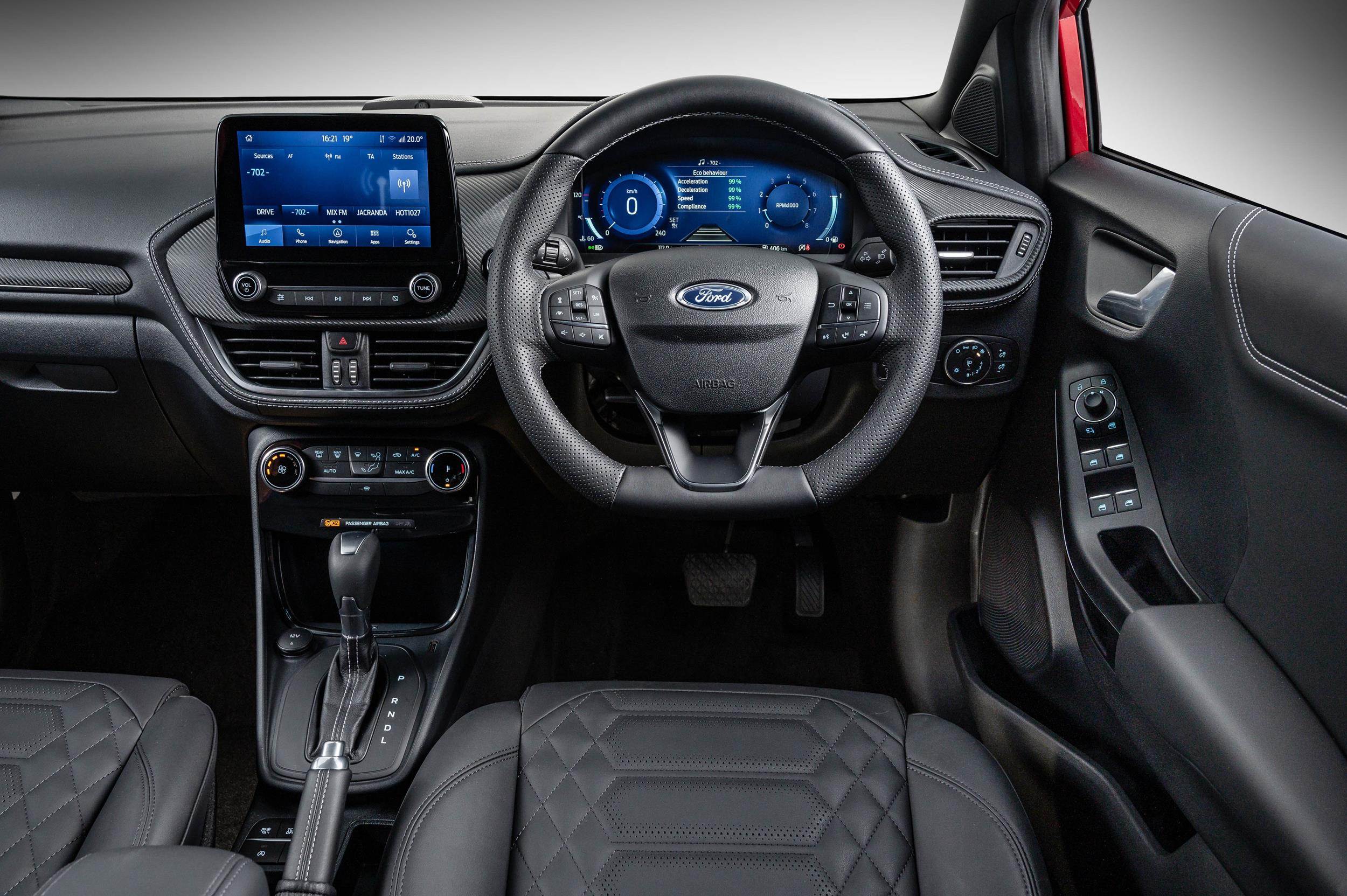
Clever crossover cabin
Compact car and crossover designs are not deliverables where Ford makes many errors.
Puma is neatly proportioned without falling victim to the design fallacy of garish chrome strips or overly creased body surface panels.
The Fiesta legacy is strong with this new Ford, although the cabin architecture is snug, instead of spacious. Rear headroom is a touch tight for passengers taller than 1.85m, but the luggage compartment is very clever.
True to its purpose as a lifestyle vehicle, the load compartment features a false floor. This allows for secondary storage and a rubberised tub, ideal for storing wet and muddy gear after a mountain bike ride, trail run, or any watersport activities.
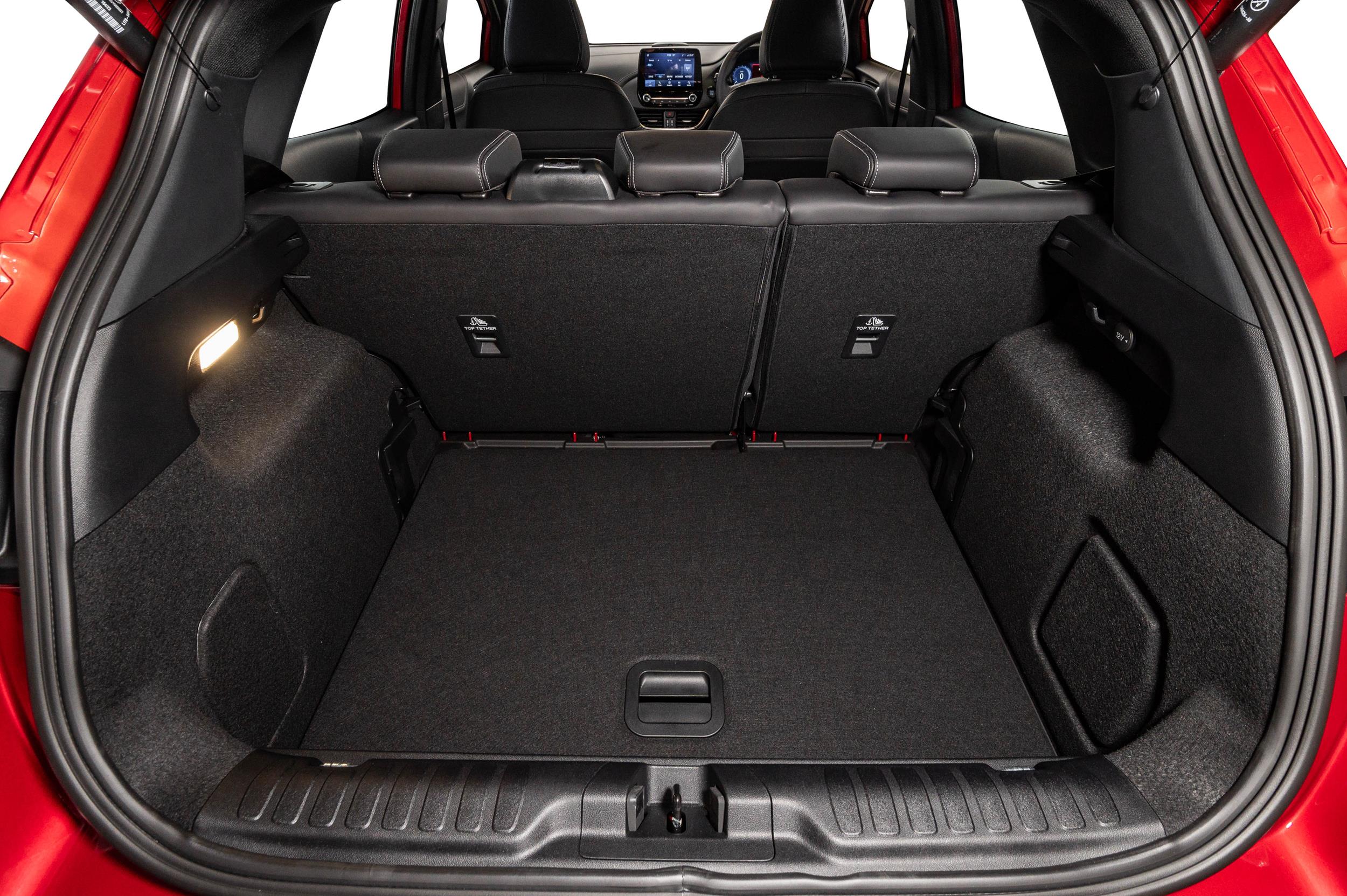
MySync sets the standard
Ford has a proven reputation for excellent infotainment with its MySync systems. Although the graphic interfacing of Puma’s MySync3 looks aged compared to the MySync4 available in the Ranger bakkie, its core UX functionality is great, with lag-free menu navigation and hands-free voice commands that prompt with a lot less frustration than most rival infotainment systems.
There’s a slightly ergonomic foible with a utility storage gulley blocked by the parking brake girdle when it’s in the ‘release’ position. This is likely a compromise of the left- to right-hand drive conversion assembly.
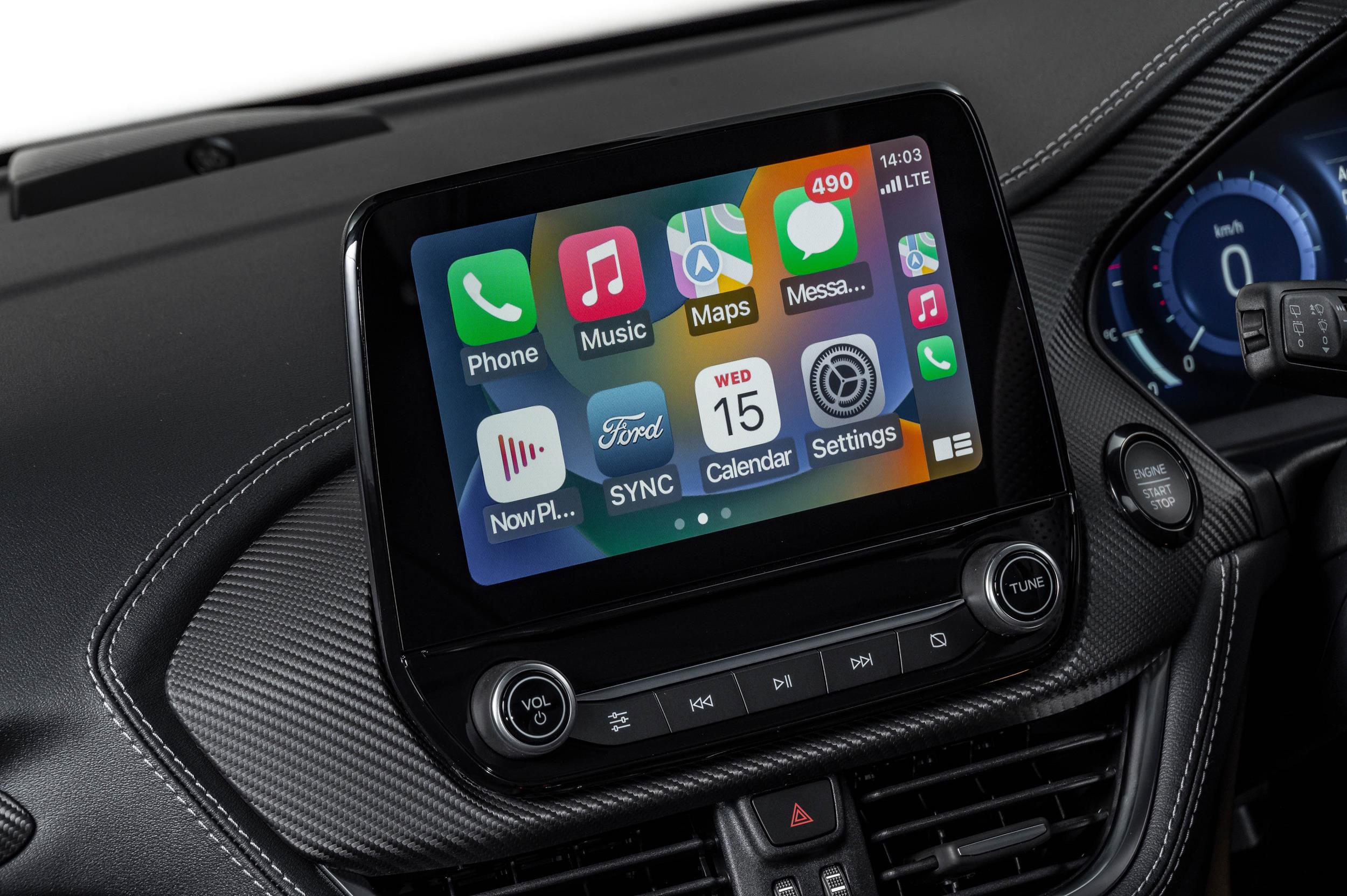
Does it drive like a Fiesta?
For years, Volkswagen’s Polo has been the most popular South African compact hatchback. But when Ford still marketed the Fiesta through its local dealer network, people who valued a ‘big car’ driving experience in a compact hatchback chose Fiesta.
The Puma is essentially a Fiesta with a third more ground clearance. And that’s very handy for South African driving conditions where pothole strike survivability and dirt road drivability, rely on enhanced ground clearance to prevent vehicle damage.
It’s built on the current seventh-generation Fiesta platform. And as with the previous generation Fiestas, dynamic excellence comes free of charge.
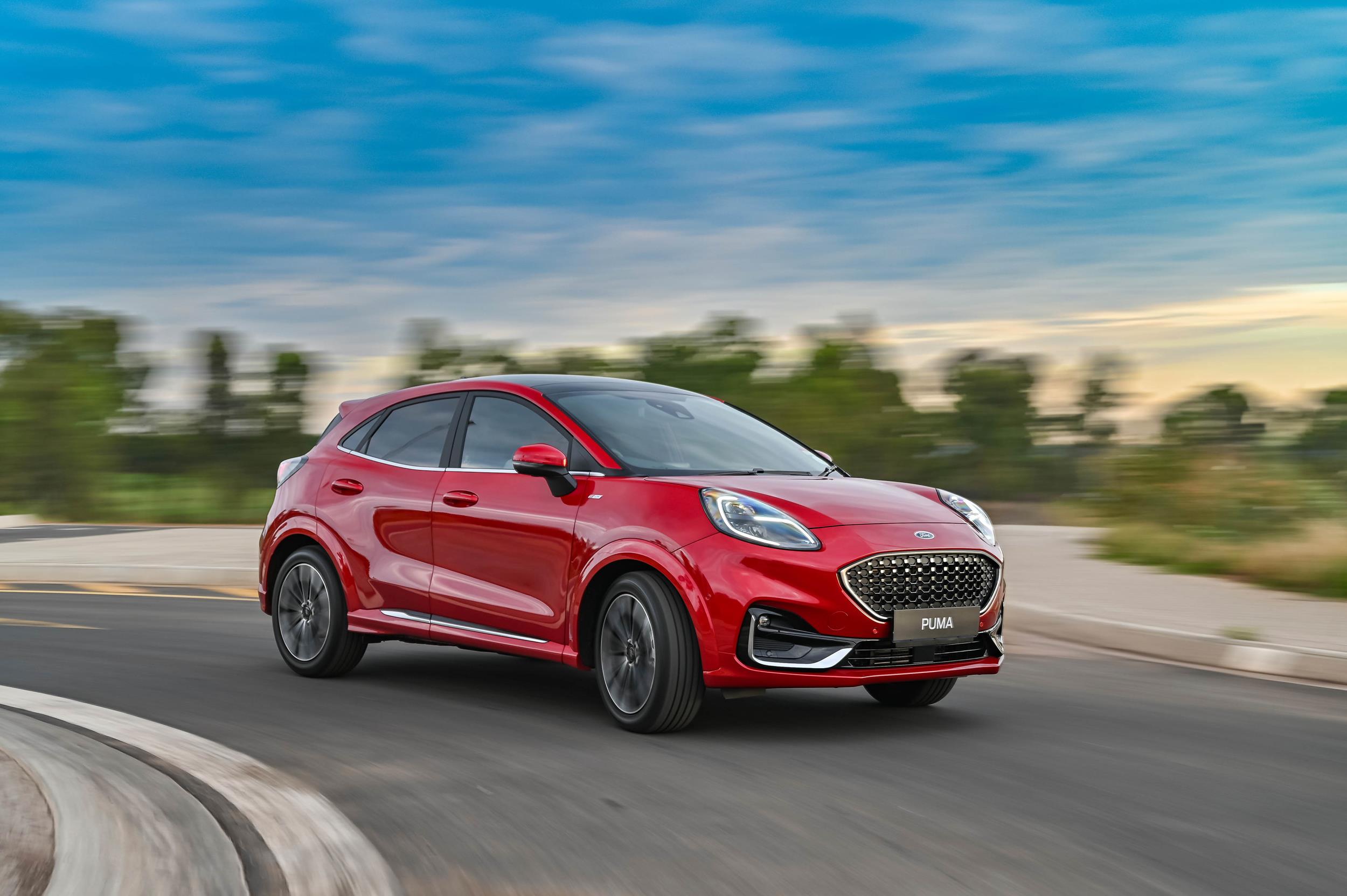
Puma – must agile, right?
Equipped with sensible tyres instead of low-profiles, the Puma copes better across the diversity of road surfaces South Africa provides than most of its rivals. The suspension configuration is true to its Fiesta legacy, absorbing surface imperfections and tracking with stability across even the most undermaintained tar roads.
Mid-corner balance is what you’d expect from a crossover based on the Fiesta platform, with predictable balance and very balanced lateral control. One wishes to avoid the ridiculously literal interpretation of car names, but Pumas are agile and this Ford is a crossover true to its naming convention.
Why does the Puma’s resolved dynamics matter, if you aren’t the kind of driver who tries to clip the apex of every corner when the opportunity presents on a Cape or Mpumalanga mountain pass? All that suspension balance and mid-corner stability matters a lot if you ever have to make an emergency steering intervention at highway speeds to avoid a collision.
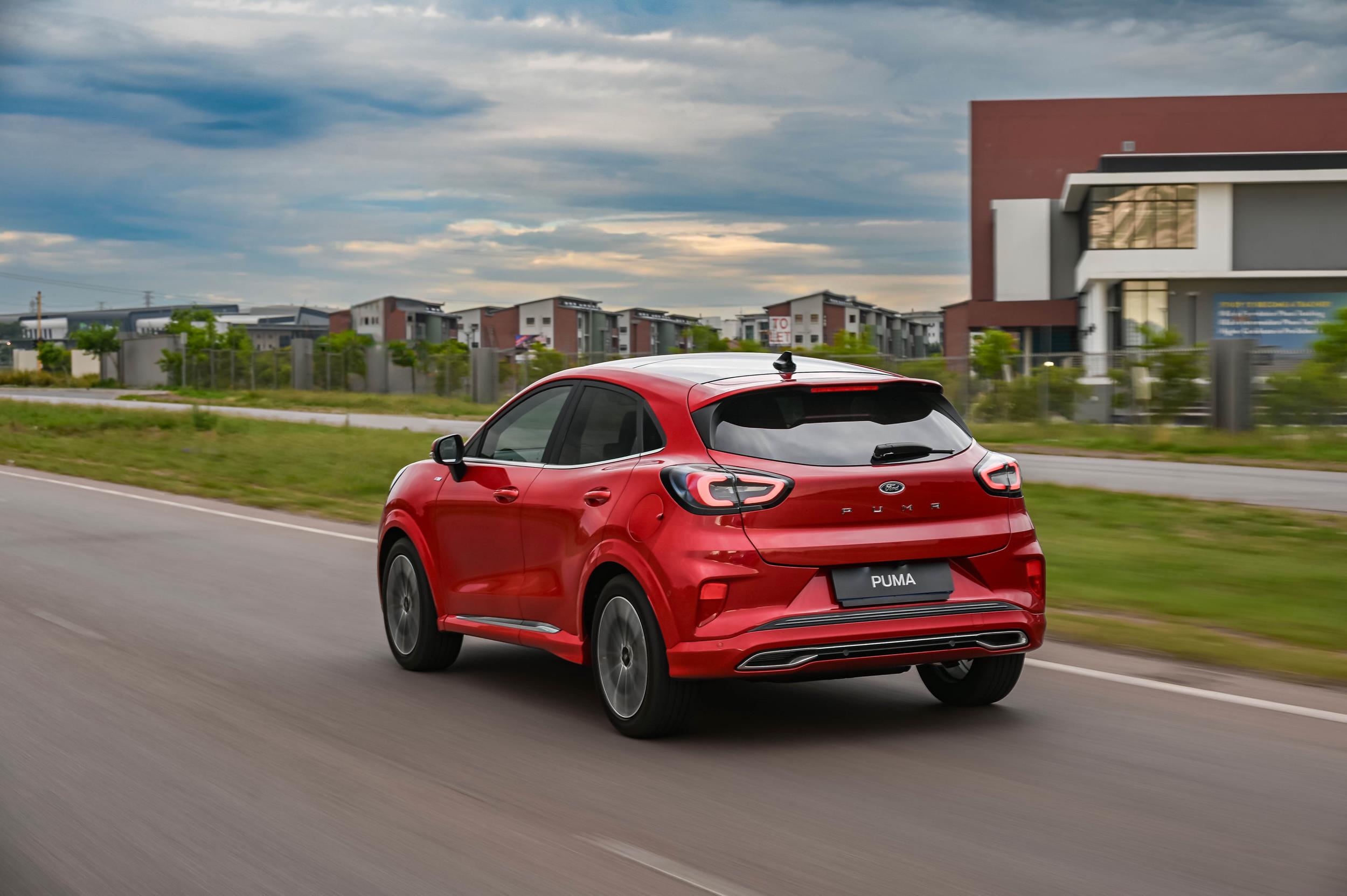
Small engine – lot of litres….
The 1-litre EcoBoost engine can be heavy on fuel and has a strange relationship with the 7-speed dual-clutch gearbox.
Ford’s logic with this powertrain is simple: the small capacity engine is designed to be emissions compliant for strict European markets, and because it needs so much boost to overcome the power limitations of its size, a rapidly shifting dual-clutch transmission is required, keeping the engine on-boost.
The 92kW and 170Nm of engine output are credible, and the Puma has fair performance on-boost. But if you hesitate at a juncture or pull away, the moment you reengage, there’s either some lag or a lot of boost surge, which limits throttle response smoothness or lags. Ford’s 1.5-litre powertrain would undoubtedly be a better application for the Puma.
Fuel consumption? Ford claims an average consumption of 5.2l/100km, but we averaged just over 7l/100km during testing. That increase in real-world consumption is not unusual and typical of small-capacity turbocharged engines, but yes, it’s a lot heavier than you’d assume for a 1-litre engine.
Buyers must consider total powertrain energy availability, not traditional swept capacity, when rationalising the fuel-consumption-to-performance ratio of Ford’s 1-litre turbopetrol.
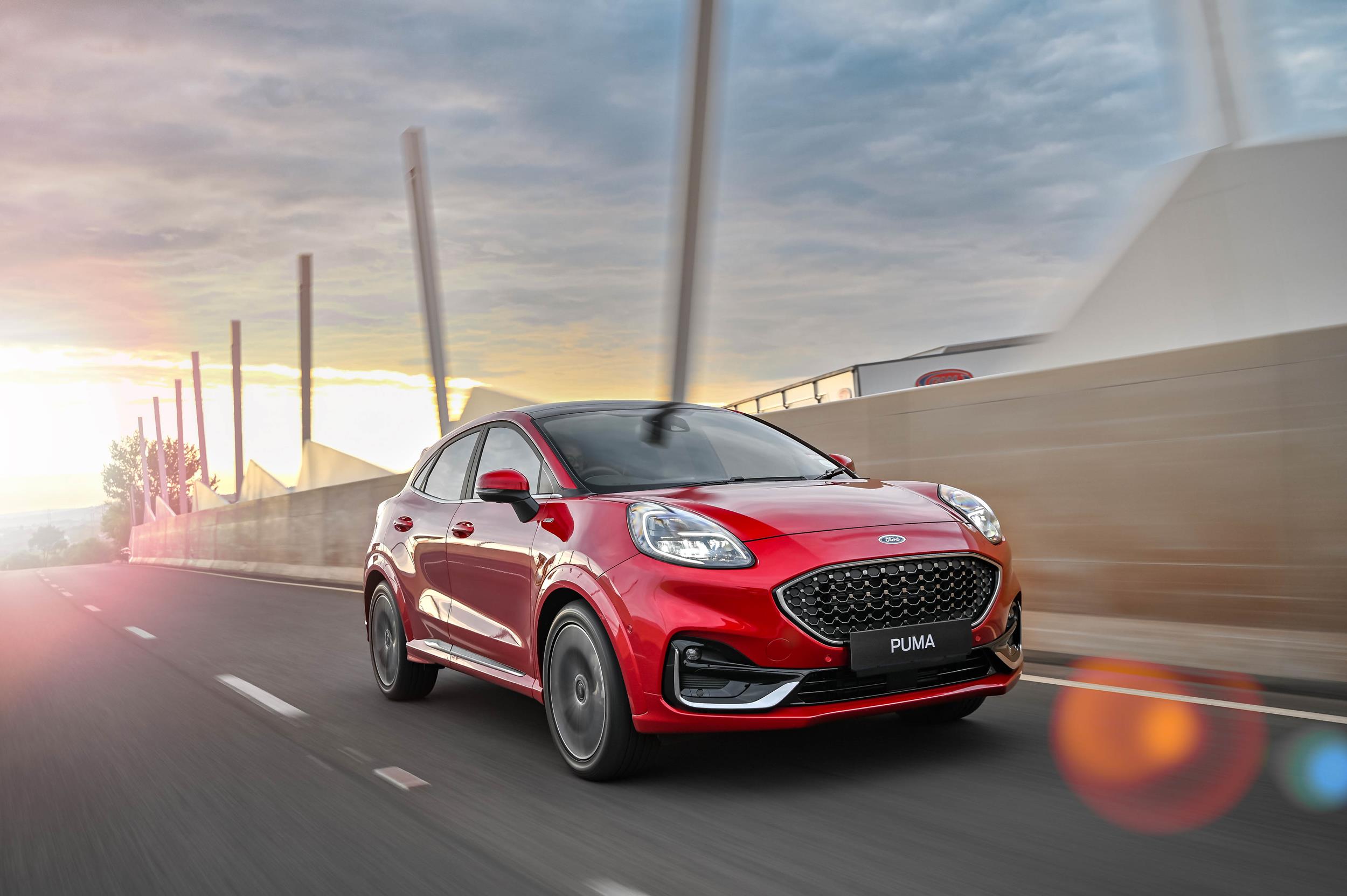
Not priced like a Fiesta
There’s an authentic legacy of driving dynamics with a crossover vehicle built on the Fiesta platform. And despite its slightly hyperactive powertrain and thirsty fuel consumption, the Puma is a compact crossover that will never fatigue you on an eight-hour journey from Gauteng to the coast.
But its ride quality and cornering stability do come at a price. When you tabulate the standard equipment, engine performance, and trim, the pricing is adventurous.
The Puma Titanium starts at R570 400, with 17-inch wheels and an 8-inch touchscreen infotainment system. Upgrade to the ST Vignale, and you get 18-inch wheels, a 12.3-inch infotainment screen, sports suspension, a powered tailgate, and lane-keeping assistance with departure warning; all for R614 400.
This ‘Fiesta’ crossover is a great driver’s car, but it’s priced at a very significant premium to its rivals. If you loved the Fiesta, you’ll understand why it matters.


